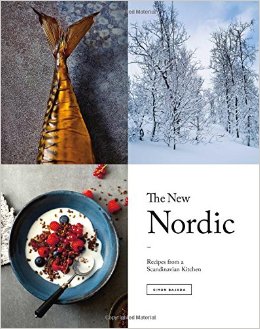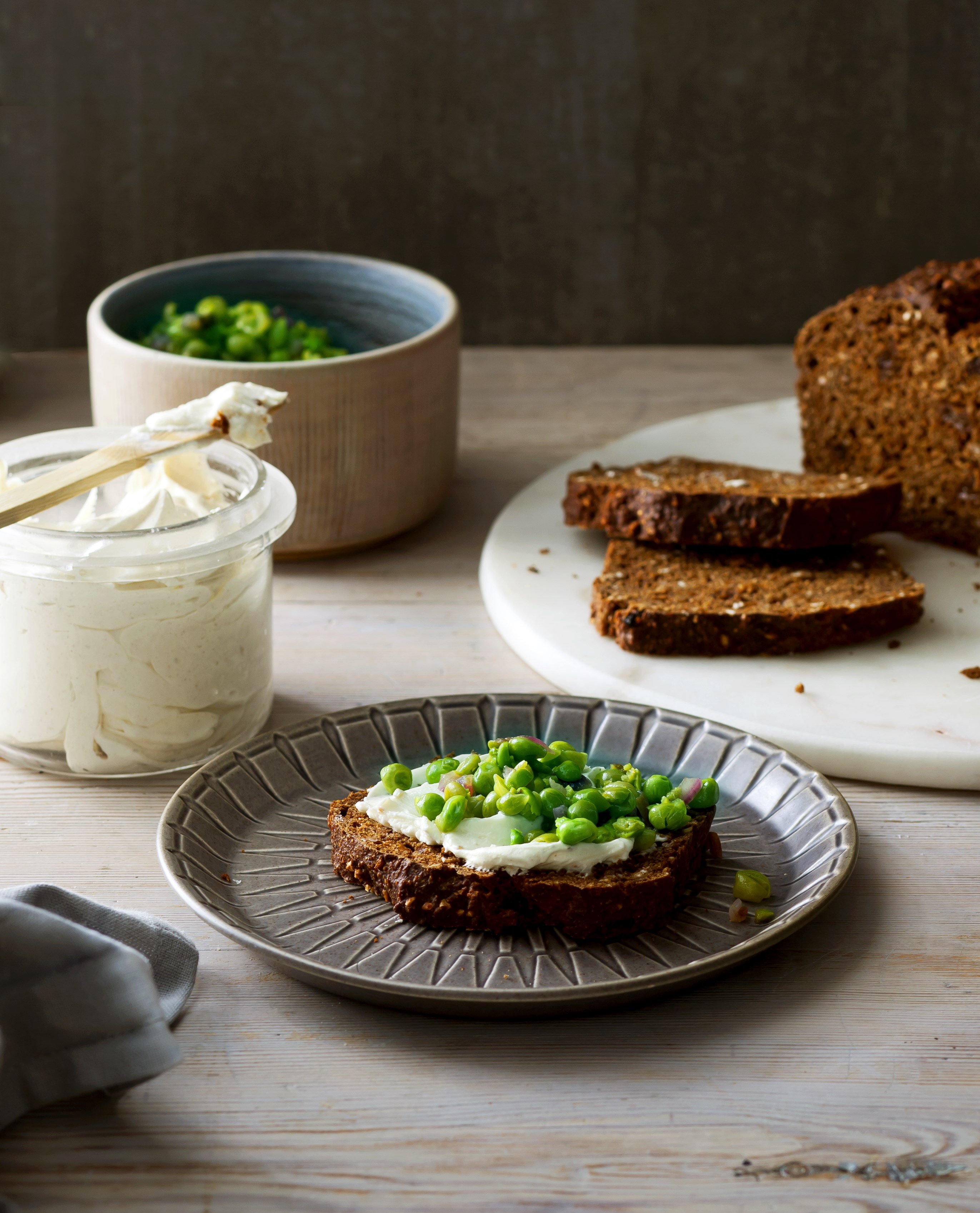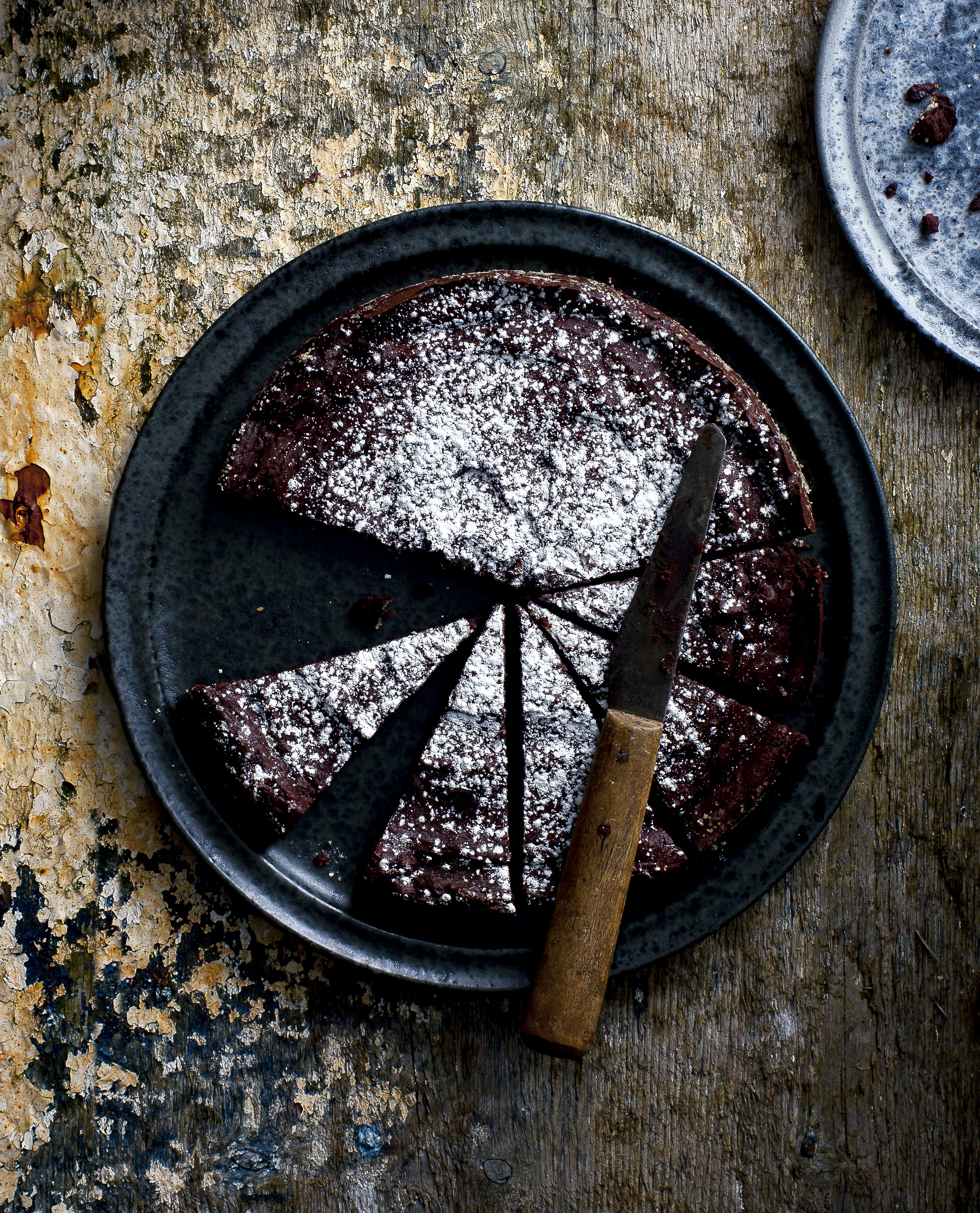How To Cook Nordic Food At Home: Tips For Beginners
Whether you're interested in foraging or pickling (or anything in between), chances are good you've noticed that Nordic cuisine is influencing cooking and eating around the globe. In his beautifully photographed cookbook, The New Nordic: Recipes from a Scandinavian Kitchen, Simon Bajada shares recipes that remain true to Scandinavian flavors but that anyone can make at home. From the warm and hearty Isterband Salad (studded with sausage and onions) to the rich and decadent Chocolate Potato Cake, these are recipes you'll want to make time and again.
We had a chance to talk to Simon about his book and Nordic cooking. Here's what he had to say.
The Daily Meal: You mention in the book that it is difficult to define new Nordic cuisine because it's constantly evolving. What are a few of the ways that you've seen Nordic cuisine change?
Simon Bajada: I would say in the past five years the focus on foraging and finding those unique "stand-out" ingredients has given way to applying new cooking techniques to everyday northern European produce.
While it may be a global trend, Nordic chefs are focusing on vegetables as prime components of dishes. They are not cooking strictly vegetarian dishes, but they are reducing emphasis on meats and protein.
More recently, a notable tendency is to use not only strictly Nordic ingredients but to add a foreign ingredient to these Nordic dishes.
(Simon's Black Bread recipe from 'The New Nordic')
How does your book contribute to the conversation around Nordic cooking?
The main aim of the book is to give the reader an understanding of Nordic produce and techniques applicable to their home kitchen, wherever they are in the world. I hope it contributes to a better understanding of food from this region outside of the world of fine dining.
Talk us through a few basics. What do we need in our kitchens if we're going to start making some of the recipes from the book?
In terms of equipment, only the basic utensils are required to cook from this book. The exceptions are the mandolin and DIY home smoker. The mandolin will help slice vegetables very thinly for light pickling and the smoker will impart flavor often found in Nordic cuisine.
More importantly, the home cook should have an attitude open to experimentation and an appreciation for different and subtle flavors — the book hopes to encourage the reader to develop his or her own take on Nordic flavors.
(Simon's Chocolate Potato Cake from 'The New Nordic')
Which recipes should we start with and why?
Starting with recipes like gravlax, rhubarb chutney, and Swedish meatballs with lingonberry will give the reader an understanding of the balance of sweet, salty, and sour. These recipes are perfect examples of the flavor profile found in Nordic cooking and they combine simple techniques with produce that's relatively easy to find.
Anything else we should know about Nordic cooking or the book?
Don't forget all this sweet and salty fish needs a cleanser, so if you are making an event of things, make sure a bottle of aquavit is close at hand!
For more about Simon, visit his website.
Click here for more about The New Nordic: Recipes from a Scandinavian Kitchen (or to buy a copy).
Kristie Collado is The Daily Meal's Cook Editor. Follow her on Twitter @KColladoCook.



